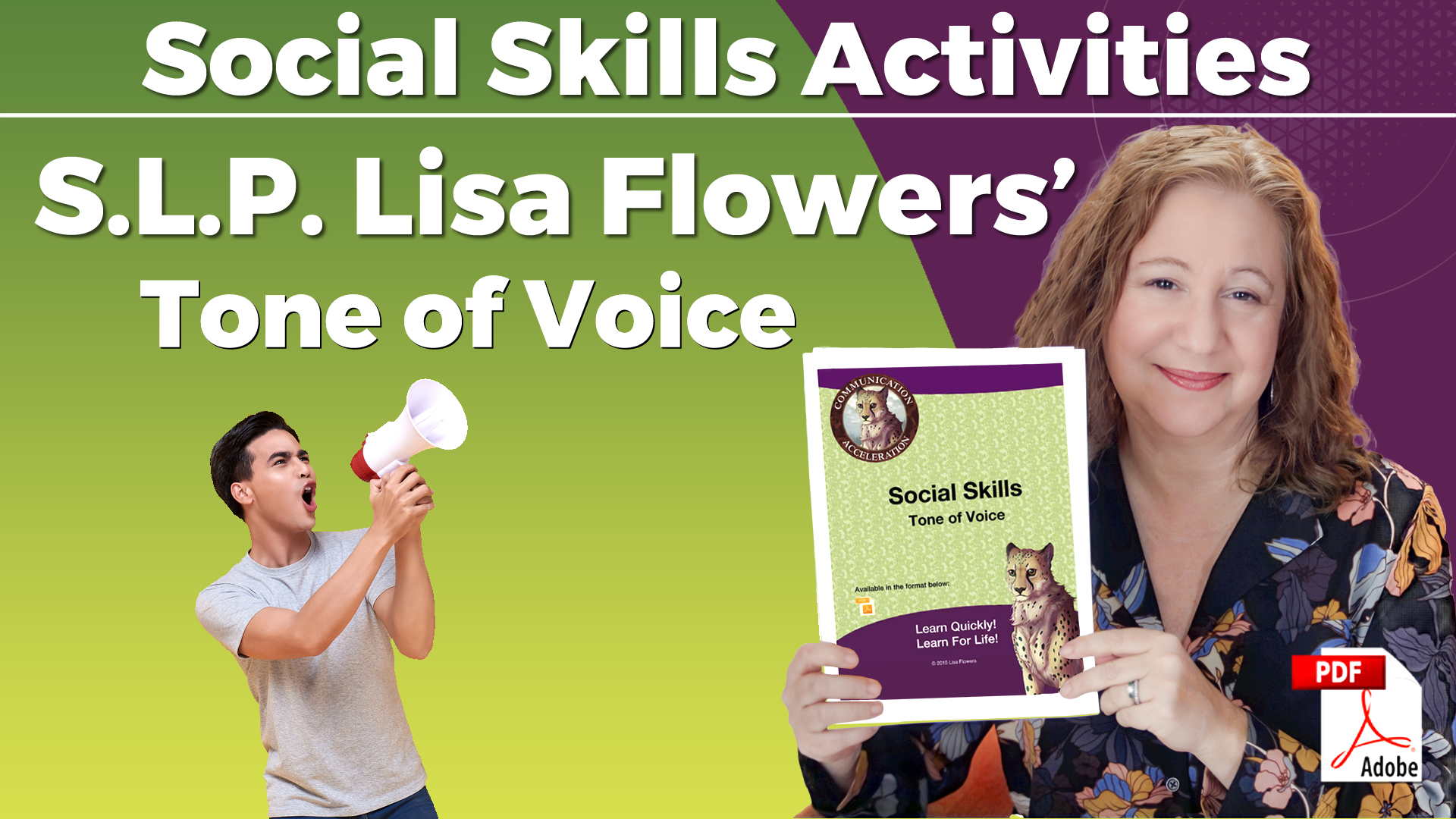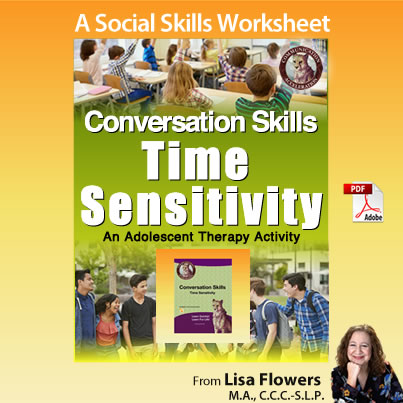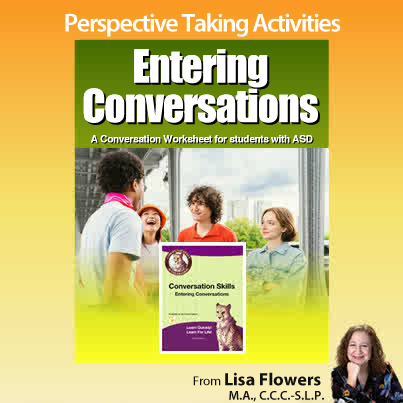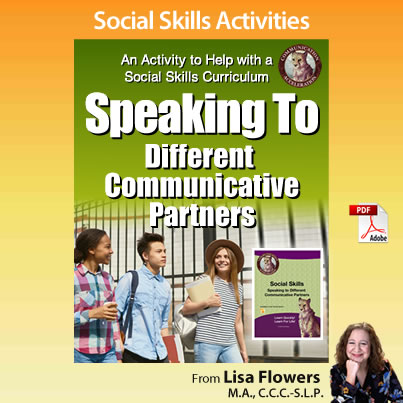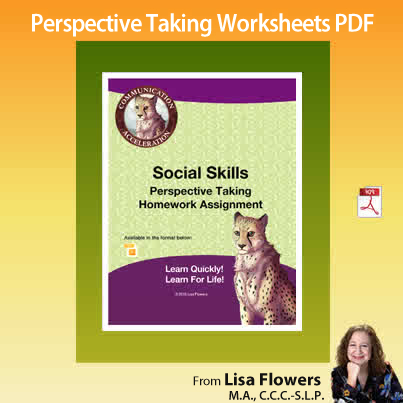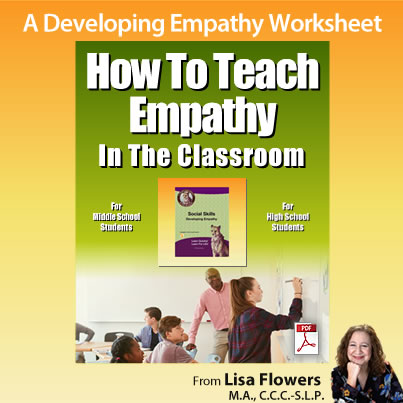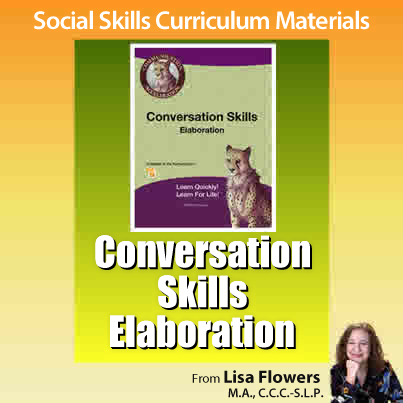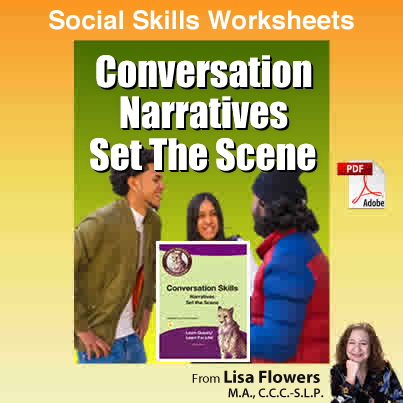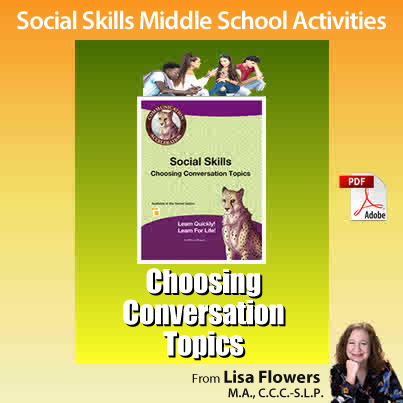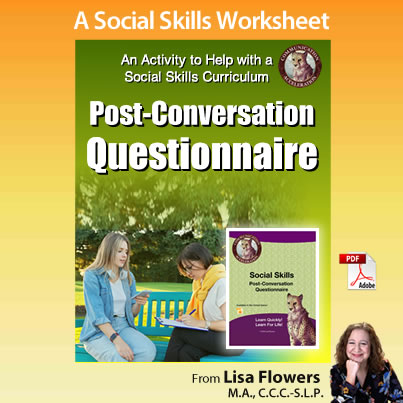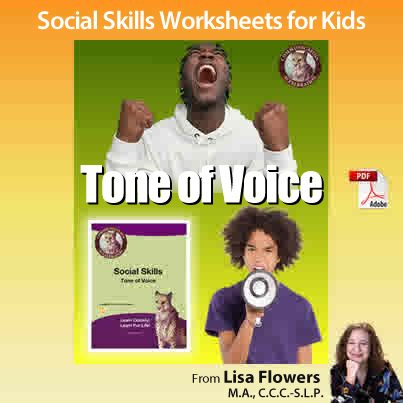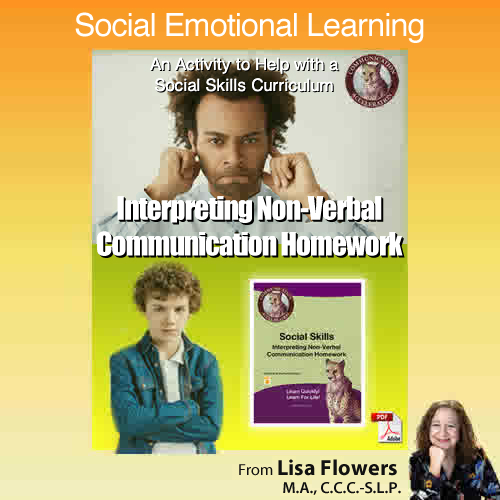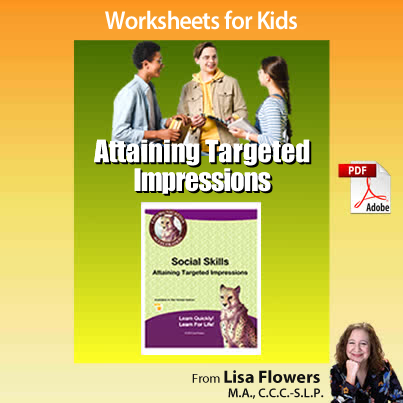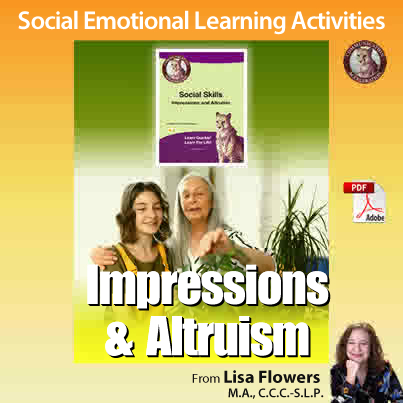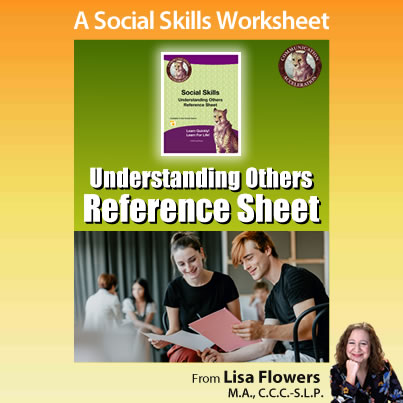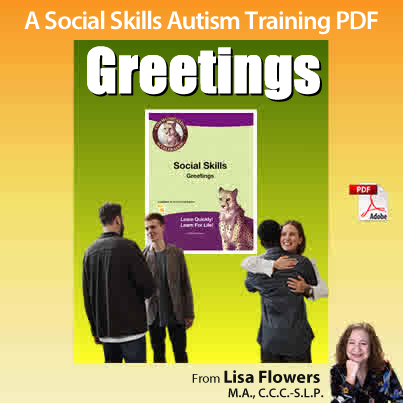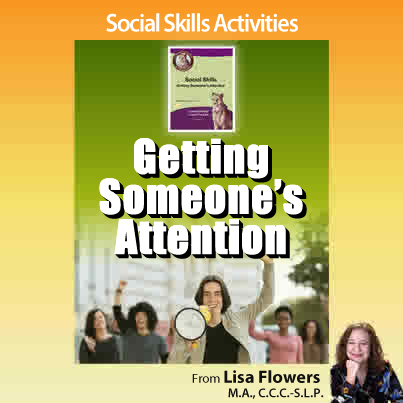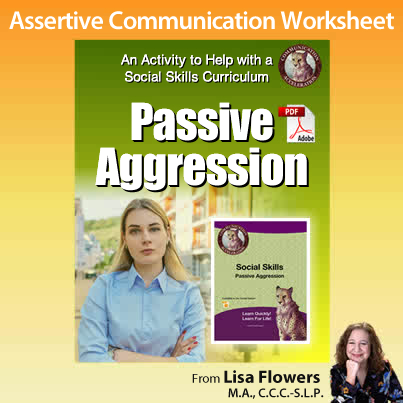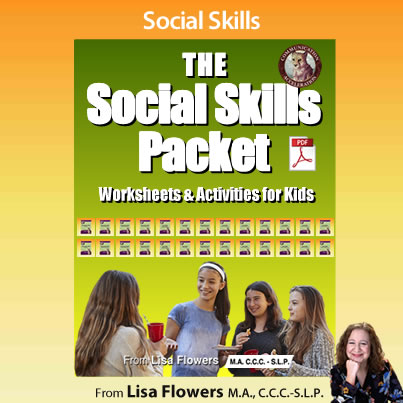Social Skills – Tone of Voice Perspective Taking Activity
Tone of Voice
Tone of Voice
Watch the video to learn more
Click here for video transcription and ADA compliant audio for the video above
Tone of Voice
For students who have trouble interpreting or conveying emotions through tone of voice. All you need is an audio recorder (your phone!) and you're ready to teach tone of voice.
Tone of Voice
See the audio transcription below:
Welcome to my Tone of Voice activity. Check out this excerpt from the training video I did for the New York City Department of Education. Next, I cover non-verbal communication, starting with Tone of Voice. For this activity students and I first go over a number of different kinds of emotions that people have, and then there's also a list of a few different statements. Students and I take turns: we'll pick three emotions and we pick one of the statements, only one, and we'll write down on a piece of paper, the three emotions that we've chosen, but hide it so none of the other people see it. And then we will record ourselves saying that same statement, but conveying each of the three different emotions in order. Then the other students will listen to the recordings and try to guess what emotion is being conveyed. I find that this activity also serves as an evaluation tool, because it really makes clear when a student is having difficulty conveying the emotion that they want to convey. And of course, also makes clear students having difficulty interpreting emotions from tone of voice. Thanks for reviewing my description of my Tone of Voice activity. If you like what you've seen here, please click and subscribe to my channel. I'm not exactly sure what that means, but my web guy told me it's a thing!
Get Great Social Skills Worksheets to add to your Social Emotional Learning Curriculum!
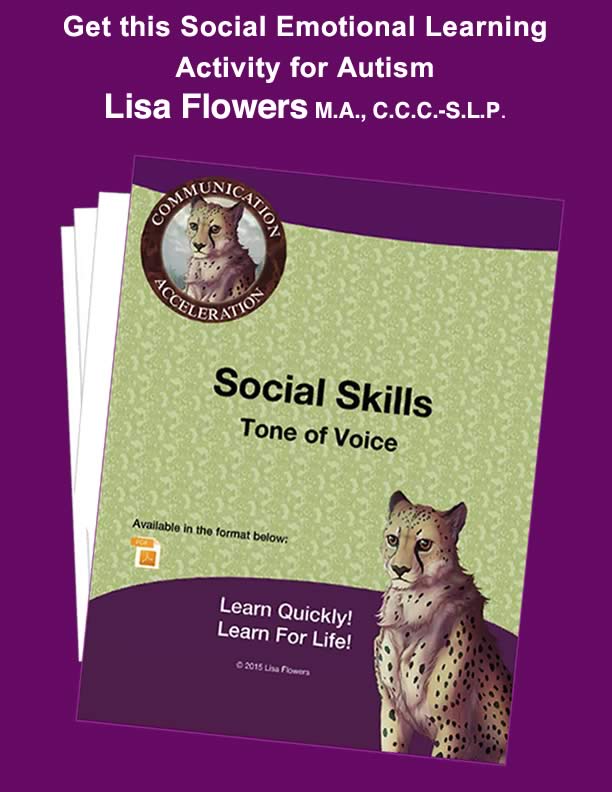
Tone of Voice
Neurodivergent individuals often struggle with awareness of how voice intonation affects the meaning of content, so this user-friendly resource works to improve this skill by being fun for students without compromising on effectively teaching interpretation and use of vocal tone to identify and communicate a wide array of emotions.
Typically, nonverbal communication suggests body language and facial expressions, but tone of voice is also used to express and interpret both emotion and intention during social interactions. In other words, HOW you say something is often as pivotal as WHAT you are saying, which plays into why conversations via text message or email are often misinterpreted. When learners with Autism Spectrum Disorder struggle with employing and understanding tone of voice, it can be difficult to teach them to master these skills. This activity targets both interpretation and use and can be modified to best fit neurodivergent learners' needs.
More Worksheets and Activities from the 52 Lessons Package
These social skills worksheets and activities for individuals with Autism and Social Pragmatic Communication Disorders target a variety of social skills, including the development of empathy, perspective taking, kinesics, listener/reader presupposition, and conversational skills.
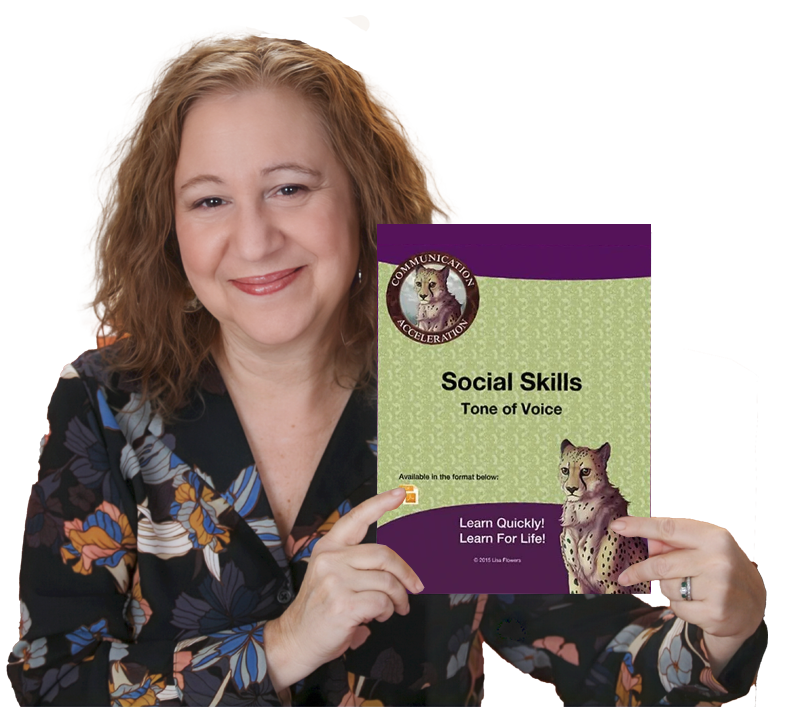

Search Another Way
Get Social Skills
Packet
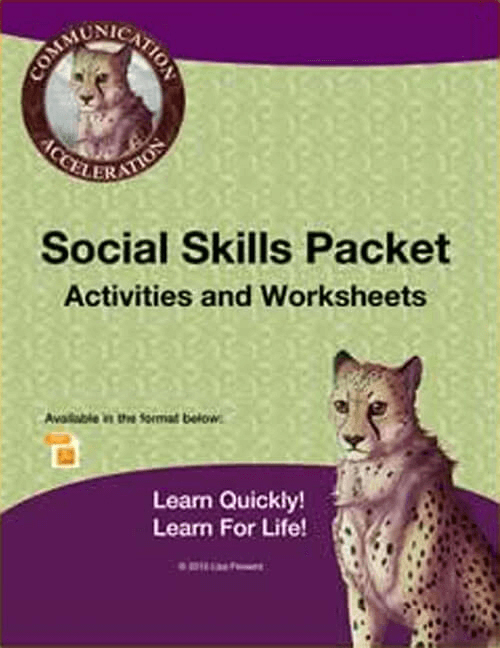
A collection of 28 social skills worksheets and activities that cover conversation skills, kinesics, perspective taking, development of empathy, and real-world communication.
Get 52 Lessons & Activities

A collection of 52 language and communication worksheets and activities that cover a plethora of reading comprehension, writing, grammar, and social communication skills.
